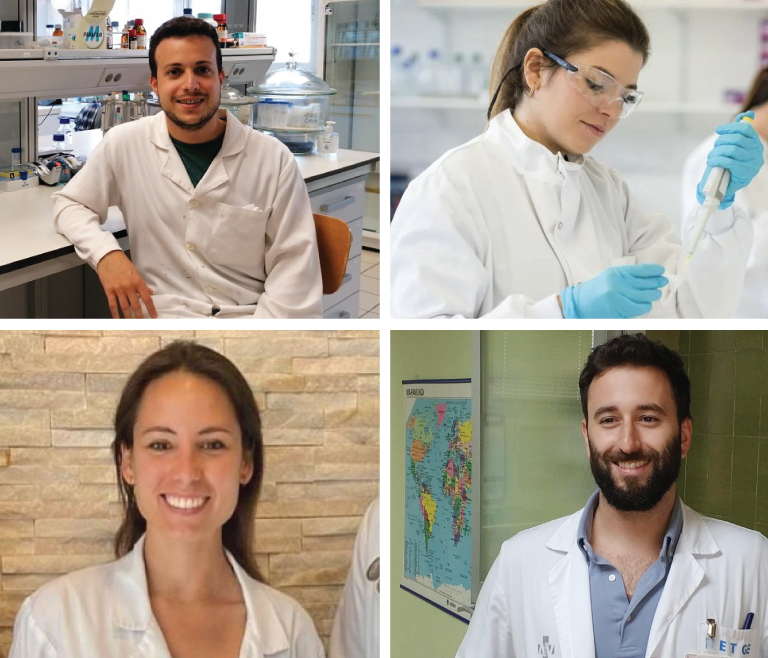
Cuatro investigadores, científicos y médicos, todos Old Caxtonians, reflexionan sobre los desafíos a los que se enfrenta la ciencia en esta crisis sanitaria global.
En el último año, el mundo entero ha depositado su esperanza en la comunidad científica para encontrar respuestas y soluciones ante una situación social tan desafiante como la que estamos viviendo. “Nos encontramos ante un volumen de producción científica sin precedentes (se publican alrededor de 137 artículos científicos al día relacionados con la COVID-19) y en gran parte se debe a la inversión económica que se ha llevado a cabo en el último año”, confirma Amadeo Sena, investigador postdoctoral en el Instituto Interuniversitario de Investigación de Reconocimiento Molecular y Desarrollo Tecnológico. Este apoyo financiero a la Ciencia, “no debería ser una excepción, sino que debería mantenerse con el fin de prepararnos para los próximos retos a los que nos tengamos que enfrentar”.
Medidas sociales
Acerca de las medidas adoptadas para el control de la pandemia, Lucía Rubio, especialista adjunta de Hematología en el Hospital Universitario Ramón y Cajal de Madrid, quien recientemente mantuvo una estancia en la Unidad de Trasplante Medular e Inmunoterapia en Hematología Maligna en el Moffitt Cancer Center de Florida para profundizar conocimientos sobre la novedosa terapia CAR-T, expresa que “dichas medidas deberían basarse en recomendaciones de grupos de expertos y tecnócratas multidisciplinares que se adapten de manera dinámica a una realidad insólita en constante cambio”.
Julio Muñoz, responsable del Servicio de Medicina Preventiva y Salud Pública del hospital de Sagunto, sostiene que “a nivel individual el uso de mascarilla y la distancia de seguridad son fundamentales. El riesgo de transmisión se reduce drásticamente cuando ambas personas llevan mascarilla. A nivel poblacional la limitación de las reuniones en pequeños grupos es fundamental, tanto en casa como en establecimientos donde no se haga uso de la mascarilla como la hostelería. Desafortunadamente en nuestro país el impacto económico asociado a estas medidas es importante, pero no me cabe duda de que es una medida efectiva, particularmente en cuanto a la limitación del aforo en interiores. Las restricciones de movilidad son efectivas puesto que suelen ir asociadas a la exposición a personas nuevas y al desplazamiento de casos desde áreas de mayor incidencia. A nivel internacional limitan, además, la difusión de cepas como la sudafricana, la brasileña o la británica”.
Riesgos de la vacuna
Uno de los temas que más debate está generando en los últimos meses tiene que ver con la fiabilidad de las vacunas y el miedo a sus efectos secundarios. Sobre este tema Amadeo Sena es muy preciso. “No se deben generar alarmas sociales, es muy importante informarse de fuentes oficiales y contrastar toda la información que nos llega al respecto de la seguridad de las vacunas. Aconsejo a la población que lea la información que proporciona la EMA al respecto”. Por otra parte, Lucía Rubio considera que “por el momento, no parece que los posibles efectos secundarios de las vacunas disponibles sean superiores al beneficio que suponen en la población general. En cuanto al proceso de vacunación opino que los criterios de priorización están siendo coherentes según razones socio-sanitarias”.
Desde la Universidad de Oxford, Teresa Vilanova, investigadora en Biotecnología Aplicada a la Medicina Reproductiva, quiere resaltar que incluso “los estudios realizados para estas vacunas han sido muy exhaustivos, habiéndose llevado a cabo en un mayor número de pacientes y voluntarios que con otros medicamentos que también han sido autorizados por la Agencia Europea del Medicamento”. Desde el ejercicio diario de la medicina, Julio Muñoz afirma que “probablemente estamos ante un punto de inflexión en cuanto a la producción de vacunas de nucleótidos. Con las vacunas de ARNm (Pfizer y Moderna) el público general puede tener la impresión de que las cosas se han hecho de prisa y corriendo, pero no es así en absoluto. Es cierto que no hay vacunas de nucleótido aprobadas previamente para uso en humanos, pero existen vacunas de ADN de uso relativamente habitual en veterinaria. Las vacunas de ARNm tienen muchas ventajas respecto a las de ADN, entre ellas un perfil de seguridad. Estas vacunas abren posibilidades de tratamiento y prevención extremadamente interesantes, y afortunadamente la llegada del SARS-CoV-2 ha coincidido con el momento en que esta tecnología estaba lo suficientemente desarrollada como para aprovecharla. Está habiendo mucha polémica sobre las vacunas, y está prevaleciendo el principio de precaución. El caso de la vacuna de AstraZeneca es digno de estudio. Finalmente se han reconocido los casos de trombosis como efectos adversos de la vacuna, pero la probabilidad es sustancialmente inferior a la asociada al consumo de otros fármacos y hábitos nocivos. El balance riesgo/beneficio es extraordinariamente claro y apunta a favor de la inoculación con esta vacuna (y de cualquier otra). El rechazo y el temor que se han generado en las últimas semanas son en sí mismos efectos adversos del consumo constante de información que, en muchos casos, viene acompañada de las aclaraciones pertinentes”.
Próximas pandemias
Son muchos los virólogos que alertan de la posibilidad de nuevas pandemias en el futuro. En este sentido, Amadeo Sena no lo niega y aclara que, llegado el caso, “está en nuestras manos mejorar el tiempo de reacción y eso pasa por incrementar la inversión en ciencia e innovación. A nivel nacional, sería más que importante no depender de tecnología extranjera. Hay que imaginar cómo habría sido el panorama en España si hace un año hubiéramos tenido empresas nacionales capaces de producir y distribuir a gran escala test rápidos de diagnóstico, pruebas de PCR, respiradores o mascarillas FFP2”. En palabras de Lucía Rubio, “la manera de intentar prevenir este tipo de repercusiones tan demoledoras, pasa por crear sistemas de respuesta rápida, fortalecer la coordinación internacional, y por darle el protagonismo y el apoyo que merece la investigación científica”. Es verdad que siempre ha habido pandemias a lo largo de la humanidad, como expresa Teresa Vilanova, ya que “es el mecanismo de selección natural que surge por parte de la naturaleza para regular las plagas animales. Conforme avanza la ciencia y la tecnología los humanos interponemos barreras más eficaces contra estas nuevas variantes víricas, pero esto también ejerce de filtro de selección para enfermedades cada vez más letales e infecciosas”. Por su parte, Julio Muñoz tampoco se muestra nada escéptico ante la posibilidad de que haya nuevas pandemias. “En los últimos años hemos tenido los primeros casos de enfermedades que en nuestro caso se consideran emergentes por la llegada de mosquitos del continente africano propiciada por los cambios en el clima. No es nada descabellado considerar la posibilidad de que la malaria vuelva a la Albufera o que el chikungunya genere un auténtico problema en el sur de Estados Unidos. Afortunadamente, en el caso de las enfermedades transmitidas por mosquitos, hay líneas de investigación en modificación genética muy interesantes que podrían prácticamente acabar con un problema ancestral. Pero lo lógico es pensar que la próxima pandemia sea, al igual que ésta, por un agente de transmisión respiratoria, y creo que es ahí donde más tenemos que aprender de lo sucedido”.
Inversión en Ciencia
Este grupo de investigadores y médicos, además de guardar en común su procedencia escolar en Caxton College, coinciden en que el apoyo a la Ciencia Básica es determinante para los avances médicos. En ese sentido, Amadeo Sena confiesa que el desarrollo y comercialización tan rápida que hemos tenido de las pruebas diagnósticas y las vacunas para intentar paliar esta pandemia “se debe en gran medida a la labor investigadora que, desde hace décadas, viene realizando la comunidad científica en este tipo de tecnologías, con el fin de que puedan ser aplicadas cuando la sociedad lo requiera”. Desde Reino Unido, Teresa Vilanova se muestra algo más crítica y señala lo que considera un punto débil en la investigación académica en los últimos tiempos, ya que “muchos grupos de investigación han tenido que desviar sus esfuerzos a investigar la COVID, haciendo que los proyectos para otras enfermedades como el cáncer se hayan paralizado. Si todos aunamos fuerzas en una misma dirección, tanto desde la inversión privada como pública, podríamos conseguir desarrollar terapias efectivas para enfermedades mucho antes”. A pesar de todo, Lucía Rubio asegura que, en esta ocasión, se ha hecho “un trabajo de investigación sin precedentes y admirable, donde la ciencia se ha puesto al servicio de la humanidad, y además, lo ha hecho a contrarreloj”. En última instancia, Julio Muñoz, al igual que sus colegas, asume que “con el sustrato adecuado, la movilización de la comunidad científica puede tener unos frutos increíbles”.
Caxton College es autor de este contenido, publicado en medios de comunicación como ABC, Las Provincias y Valencia Plaza.
Four researchers, scientists and medical doctors, all former pupils, reflect on the challenges that the scientific world faces in the global health crisis.
During the past year, the entire world has placed its trust in the scientific community to find the answers and solutions to one of the most challenging situations that society has ever experienced. ‘We are currently seeing an unprecedented volume of scientific publication (with approximately 137 scientific articles published each day related to COVID-19) and this is principally due to the financial investment that has taken place in the past year’, said Amadeo Sena, postdoctoral researcher at the Instituto Interuniversitario de Investigación de Reconocimiento Molecular y Desarrollo Tecnológico. This increase in funding for science ‘should not be an exception, but should be the norm so that we can be prepared for future challenges’.
Social Measures
Regarding the measures undertaken to control the pandemic, Lucía Rubio, associate specialist in Haematology at Madrid’s Hospital Universitario Ramón y Cajal, who recently spent time at the Bone Marrow Transplant and Cellular Immunotherapy for Malignant Hematology Unit at the Moffitt Cancer Center in Florida to learn more about the innovative CAR-T treatment, said that ‘these measures should be based on recommendations by groups of experts and technocrats, and should be dynamic in order to adapt to an extraordinary situation that changes constantly’.
Julio Muñoz, in charge of the Service for Preventive Medicine and Public Health at the hospital in Sagunto, said that ‘at the individual level, the use of masks and observing physical distance is fundamental. The risk of contagion is drastically reduced when everyone wears a mask. At a societal level, limiting meetings to small groups is essential, both in homes and in places where masks are not worn, such as in restaurants. Unfortunately, in our country, the economic impact associated with these measures is significant, but I am confident that they are effective, particularly as regards limiting indoor capacities. Restricting mobility also has a positive effect since it limits exposure to the disease as well as the spread of cases from harder-hit areas, and at the international level, these measures also limit the spread of new strains of the disease such as the South African, Brazilian or British variants’.
Risks of the Vaccine
One topic that has been generating controversy in past months is whether the vaccines are safe due to their possible side effects. Amadeo Sena is clear on this subject: ‘It’s important for people not to be alarmed and to get their information from official sources, as well as to contrast all of the information that they receive about vaccine safety. I would advise everyone to read the information that the EMA provides on this topic’. Likewise, Lucía Rubio said, ‘Currently, the possible risks of the available vaccines don’t appear to outweigh the benefits for the general population. I believe that the criteria the authorities are following to prioritise vaccinations are coherent and in line with social health policies’.
From the University of Oxford, Teresa Vilanova, a researcher in Biotechnology Applied to Reproductive Medicine, said, ‘The studies that have been carried out in order to develop these vaccines were extremely thorough and included an even greater number of patients and volunteers than other medicines that have also been approved for use by the European Medicines Agency’. In his daily practice of medicine, Julio Muñoz said, ‘We are probably at a turning point in producing nucleotide vaccines. With the mRNA vaccines (Pfizer and Moderna), the general public might have the impression that things have been done too quickly, but this isn’t the case at all. It’s true that there aren’t any nucleotide vaccines previously approved for use in humans, but there are DNA vaccines that are used regularly in veterinary medicine. There are many advantages of mRNA vaccines over DNA vaccines, principally for safety reasons. These vaccines are extremely interesting options for treatment and prevention, and fortunately the arrival of SARS-CoV-2 came at a time when this technology was sufficiently advanced to be able to utilise it. There is a lot of controversy about these vaccines, and precaution has been the prevailing principle. The case of the AstraZeneca vaccine is worth mentioning: eventually thrombosis has been recognised as an adverse side effect of the vaccine, but the chance of suffering this side effect is substantially lower than that of other common medicines and addictive substances. The risk/benefit relationship is extremely clear and is very much in favour of inoculation with this vaccine (or any other one that is available). Any unwillingness toward having this vaccine, or fear of it, that has increased in past weeks is itself an adverse side effect of the constant stream of information that we are exposed to and that often already contains the pertinent clarifications’.
Future Pandemics
Many virologists warn about the possibility of new pandemics in the future. Amadeo Sena did not deny the truth of this and said, ‘The ability to improve response times is in our hands, and we can accomplish this by increasing funding for science and innovation. On a national level, it would be a real advantage not to have to depend on foreign technology. Imagine what the situation in Spain could have been like if a year ago we had had Spanish businesses able to produce and distribute quick diagnostic tests, PCR test kits, ventilators or FFP2 masks on a massive scale’. In the words of Lucía Rubio, ‘The way to try to prevent the devastating repercussions we have seen is to create rapid response systems, strengthen international coordination efforts and give scientific research the importance and support that it deserves’. It’s true that there have always been pandemics throughout human history, since as Teresa Vilanova said, ‘They are nature’s mechanism for natural selection in order to regulate animal infestations. As science and technology advance, humans develop more and more effective ways to prevent these viral variants, but these techniques for prevention also serve as a filter and allow illnesses that are more lethal and contagious to prevail’. Like his colleagues, Julio Muñoz is not sceptical about the possibility of new pandemics. ‘In recent years we have seen the first cases of diseases considered emerging diseases here in Spain due to climate change, which has brought mosquitoes from Africa to the peninsula. It’s not absurd to think that malaria could return to the Albufera region, or that chikungunya could become a real problem in the southern United States. Fortunately, for diseases spread by mosquitoes, there are very interesting lines of research into genetic modification that may put an end to this age-old problem. But it’s logical to think that the next pandemic, like this one, will be via airborne transmission, and I think that’s the area where we have the most to learn from this pandemic’.
Investment in Science
This group of researchers and medical doctors, in addition to sharing an education at Caxton College, agree that support for basic science is the key to all medical advances. Amadeo Sena recognised that the quick development and commercialisation of the diagnostic tests and vaccines to mitigate this pandemic were ‘in large part due to the research work that the scientific community has carried out in past decades in these fields and that can now be applied whenever society requires it’. From the United Kingdom, Teresa Vilanova was a bit more critical, indicating what she considers to be a weak point in academic research in recent times, and said, ‘Many research groups have had to redirect their efforts into COVID research, causing projects for other diseases such as cancer to be stopped. If we all join forces in a common direction, with both private and public funding, we could develop effective therapies for diseases much sooner’. In spite of everything, Lucía Rubio said that on this occasion, ‘an unprecedented and admirable research project has been conducted where science has placed itself at the service of humanity, and has done so in a race against the clock’. Agreeing with his colleagues, Julio Muñoz said, ‘With the right backing, the mobilisation of the scientific community can produce incredible results’.
Caxton College is the author of this content, which has been published in Spanish media such as ABC, Las Provincias and Valencia Plaza, and English media such as Valencia International.



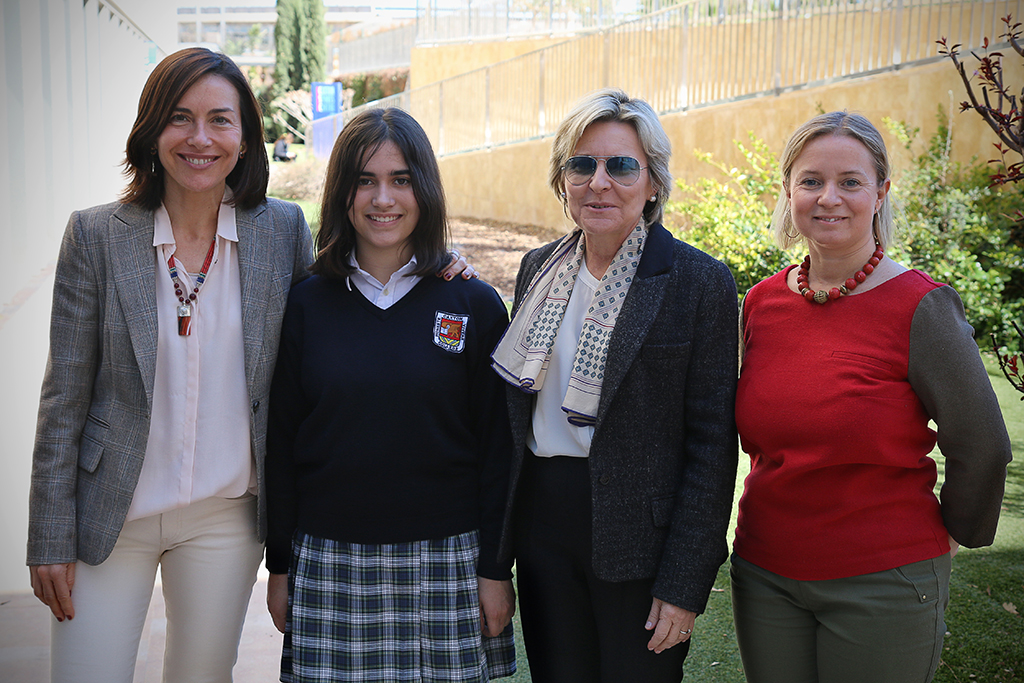



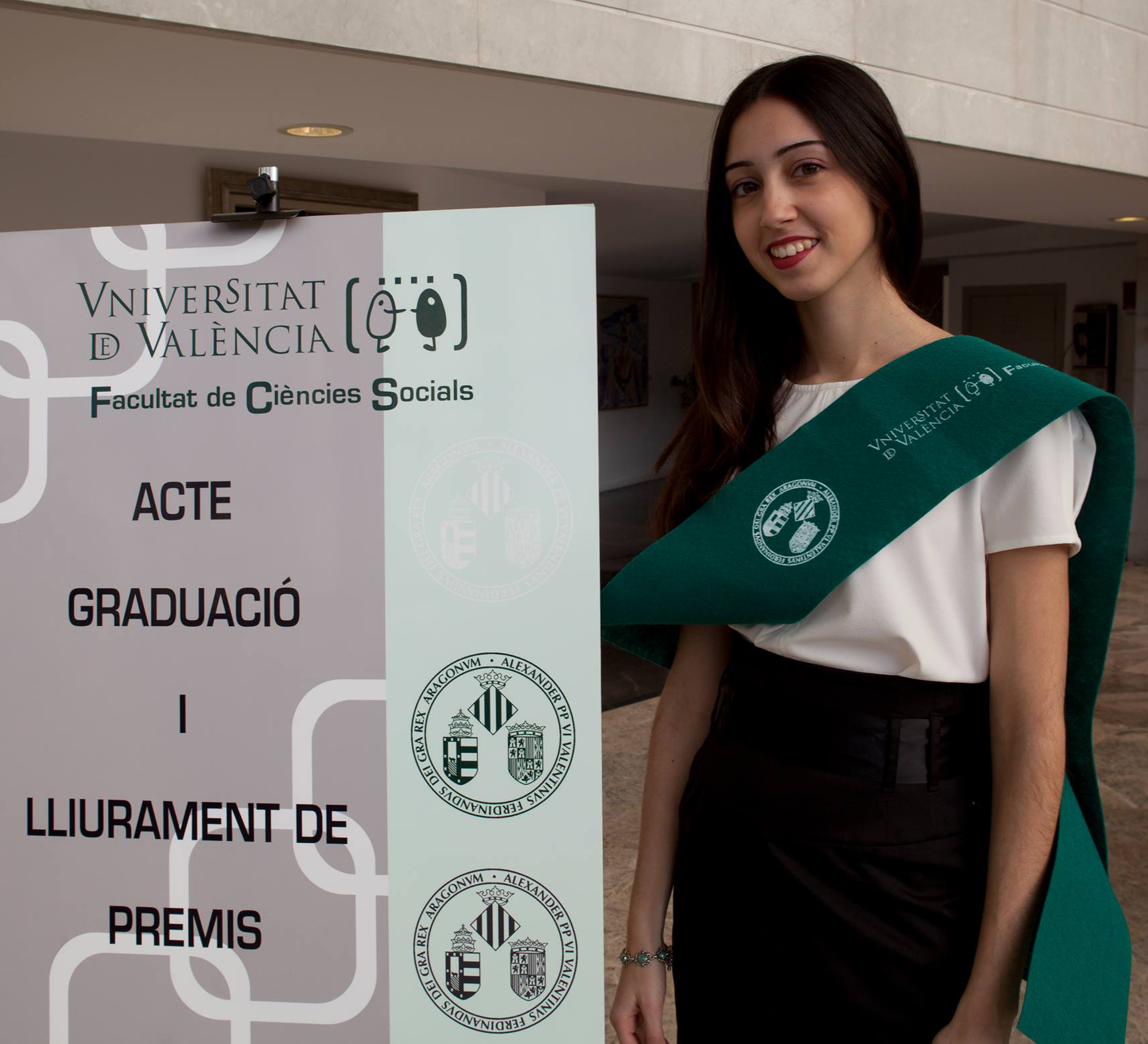
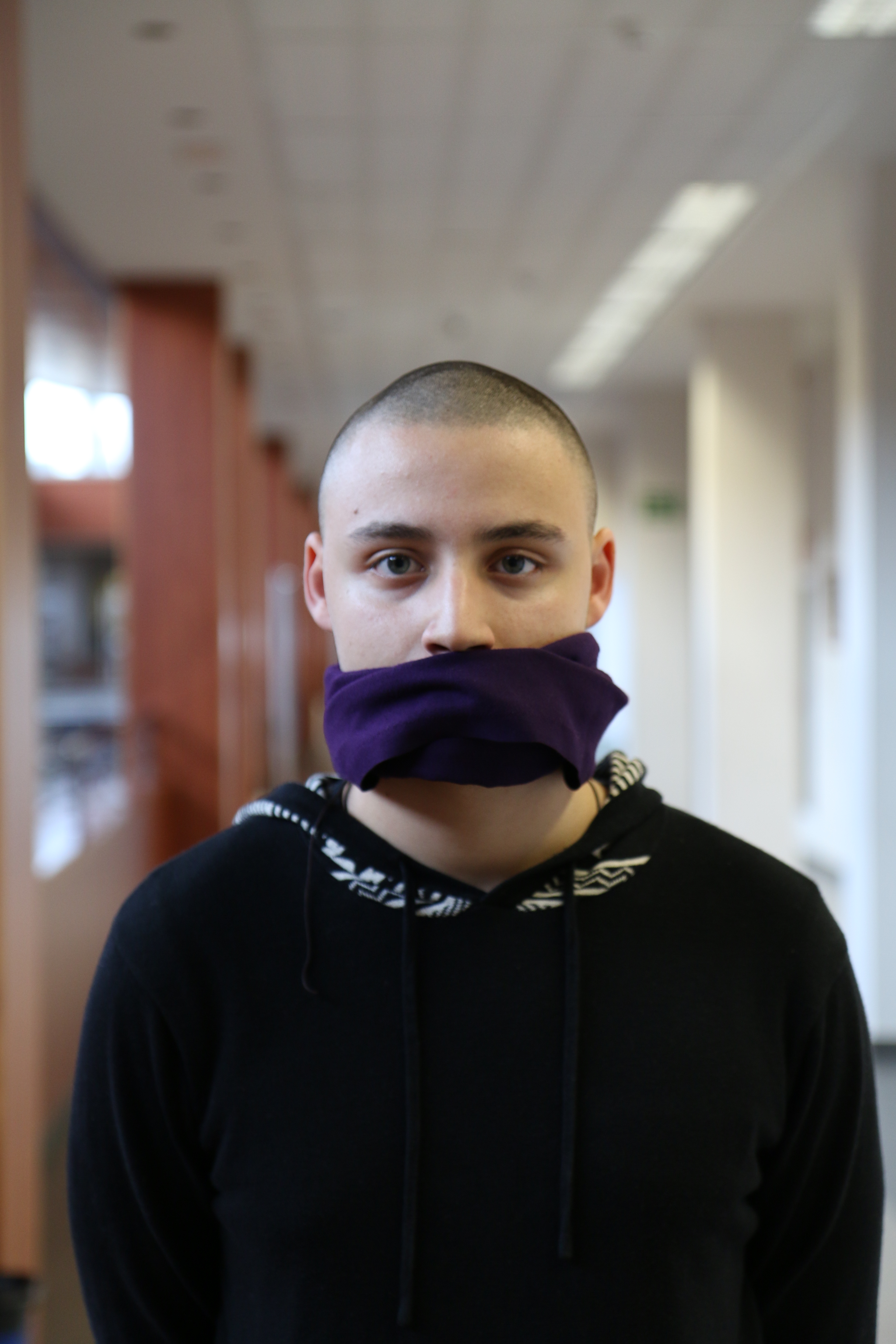

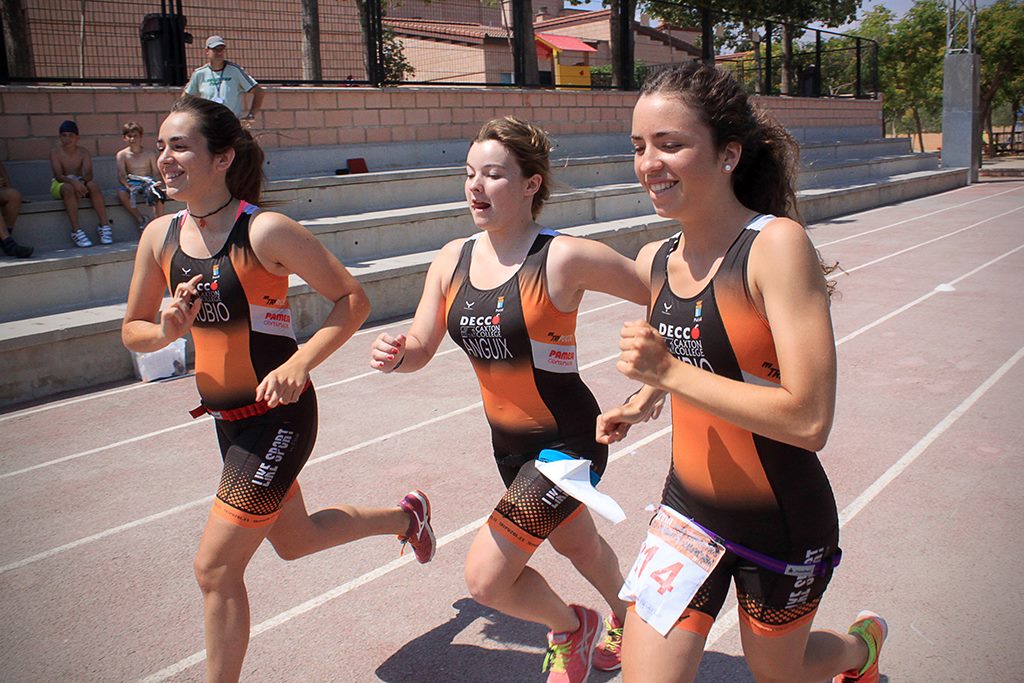
Leave a Reply